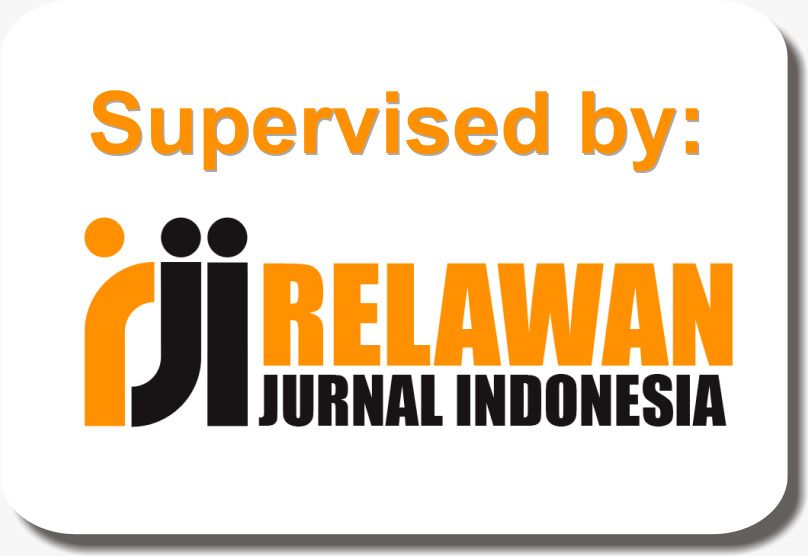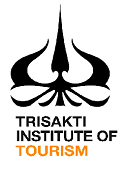Batik Tidayu and the Prospect of Geographical Indication: A Path Toward Sustainable Cultural Tourism in Singkawang
Abstract
This study explores the potential of Batik Tidayu to be developed as a Geographical Indication (GI) product in the future, with the aim of supporting sustainable cultural tourism in Singkawang, Indonesia. Batik Tidayu is a contemporary textile that reflects the multicultural identity of the city through the fusion of Tionghoa, Dayak, and Melayu traditions. The research employed a qualitative approach, using interviews with the Tourism Office and Dekranasda of Singkawang, supported by document analysis and relevant scholarly literature. The findings indicate that while Batik Tidayu embodies strong cultural heritage value, it currently faces key challenges such as the absence of a producer association (MPIG), lack of product standardization, and limited awareness of communal intellectual property rights. Nevertheless, stakeholders recognize its potential as a cultural asset capable of preserving local identity, empowering artisans, and contributing to the creative economy. The study concludes that collaboration among government, artisans, academics, and communities is essential to prepare Batik Tidayu for GI recognition and to align it with long-term sustainable tourism development.
Keywords: Batik, cultural heritage, geographical indication, sustainable tourism










